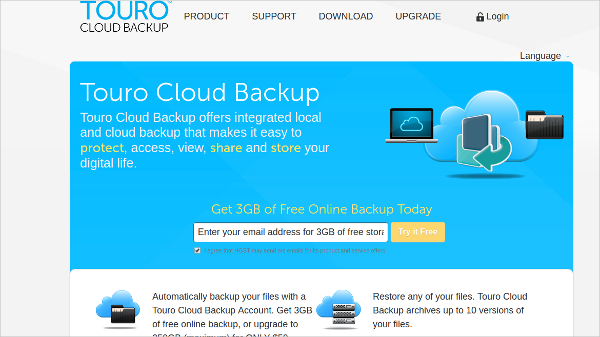

As such, data protection vendors are adapting their offerings to meet a changing set of requirements. They can scale up and down on demand, making their services highly efficient and simple to deploy in any public cloud region.Īs the COVID-19 pandemic continues to wane, organizations across the world are permanently transitioning to hybrid workplaces. Rather than simply running a virtual instance with backup software, these services take advantage of cloud-native features, such as modern databases, key-value stores, search and storage. But it also locks the data into that vendor's product with no clear way to migrate historical backups to another provider in the future.įinally, there are several cloud backup providers that are entirely cloud native. This helps the vendor provide better service levels and make costs more predictable. Here, the cloud backup provider runs and manages a private cloud exclusively for customers and separate from any public cloud hyperscaler. The choice of public cloud as a target also includes the use of proprietary clouds from some vendors. This offers some degree of hybrid capability and data mobility for moving applications to and from the cloud. Many vendors offer products that span on premises and public cloud, with cloud support enabled through virtual appliances. Often this is done through a proprietary dashboard. Some cloud backup vendors are integrating data and metadata in the cloud, making it easier to use the data for archive purposes. But organizations can use the images for DR.

In many cases, this data is simply written in the vendor's proprietary format and isn't easily available for search and analytics. This is typically through native support for the Amazon S3 API interface and Azure Blob storage API. There's widespread support for public cloud storage as a repository for data. using a cloud native backup service to protect both cloud and on premises workloads.



 0 kommentar(er)
0 kommentar(er)
